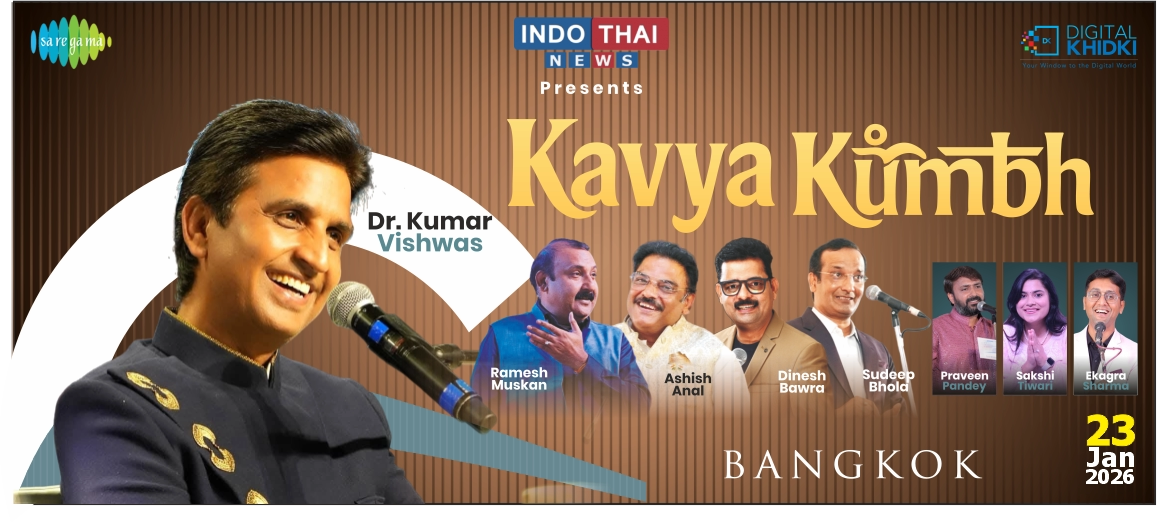Textile Art in India Weaves a New Narrative in Mainstream Culture
July 25, 2025
India’s textile art scene is experiencing a vibrant resurgence, transforming from a niche craft into a celebrated mainstream art form. This revival is driven by innovative artists, cultural initiatives, and a growing appreciation for the storytelling power of fabrics, marking a significant shift in India’s contemporary art landscape.
Across the country, textile art is breaking free from its traditional confines, finding its way into galleries, urban homes, and even public spaces. Artists like Anjali Menon from Kerala are redefining the medium by blending ancient techniques such as Kasuti embroidery with modern abstract designs. Her recent solo exhibition in Bengaluru, “Threads of Time,” showcased large-scale tapestries that explore themes of migration and identity, drawing crowds from diverse backgrounds. “Textiles carry memories and histories that resonate universally,” Menon says. “It’s no longer just about utility—it’s about expression.”
In Mumbai, the “Loom & Canvas” collective has emerged as a hub for young textile artists experimenting with unconventional materials like recycled sarees and natural dyes. Their pop-up exhibitions in Colaba have attracted art enthusiasts and interior designers alike, signaling a shift toward textiles as high art. “We’re seeing people commission textile pieces for their homes, not just as decor but as statement pieces,” notes Priya Sharma, a curator at the collective.
Cultural festivals are also amplifying this trend. The annual “Textile Tales” festival in Jaipur, launched in 2024, has become a platform for artisans and contemporary artists to collaborate. This year’s edition featured interactive installations, such as a handwoven map of Rajasthan’s weaving traditions by artist duo Sameer and Nisha Patel, which invited visitors to contribute threads to the artwork. “The tactile nature of textiles makes art accessible,” says Nisha. “People don’t just see it—they feel it.”
The resurgence is also fueled by a renewed focus on sustainability. Artists from Delhi are using upcycled fabrics to create sculptures that comment on environmental degradation. Her work, displayed at the 2025 Kala Ghoda Arts Festival, incorporates discarded cotton and jute to highlight India’s textile waste crisis. “Textiles are a medium where art meets activism,” Rao explains. “They tell stories of both heritage and urgency.”
Galleries are taking note. The newly opened WeaveWorks Gallery in Chennai exclusively showcases textile-based art, featuring artists who blend traditional techniques like Chanderi weaving with contemporary narratives. Gallery director Arjun Menon reports a surge in demand: “Collectors are drawn to the authenticity and labor-intensive process of textile art. It’s a bridge between India’s past and its modern creative pulse.”
Social media has played a pivotal role in mainstreaming textile art. Platforms like Instagram have allowed artists to showcase their work globally, with hashtags like #IndianTextileArt gaining millions of views. Independent designers are also collaborating with artisans to create limited-edition textile artworks, making the medium more accessible to younger audiences.
This mainstream embrace is not without challenges. Many artists highlight the need for better support for artisans, who are often the backbone of these creations but lack fair compensation. Initiatives like the Artisan Empowerment Project, launched in 2025 by a coalition of NGOs, aim to address this by providing training and direct market access to rural weavers.
As textile art continues to weave its way into India’s cultural mainstream, it’s clear that this is more than a trend—it’s a movement. By honoring tradition while embracing innovation, India’s textile artists are crafting a new chapter in the nation’s artistic legacy, one thread at a time.



